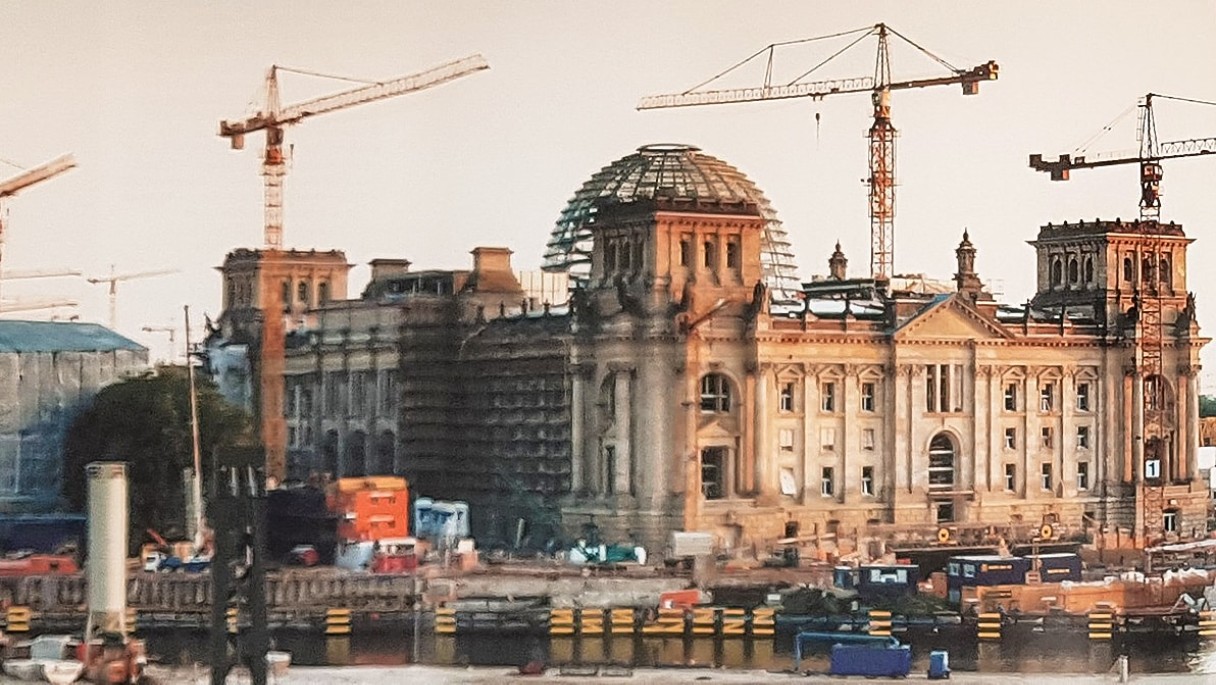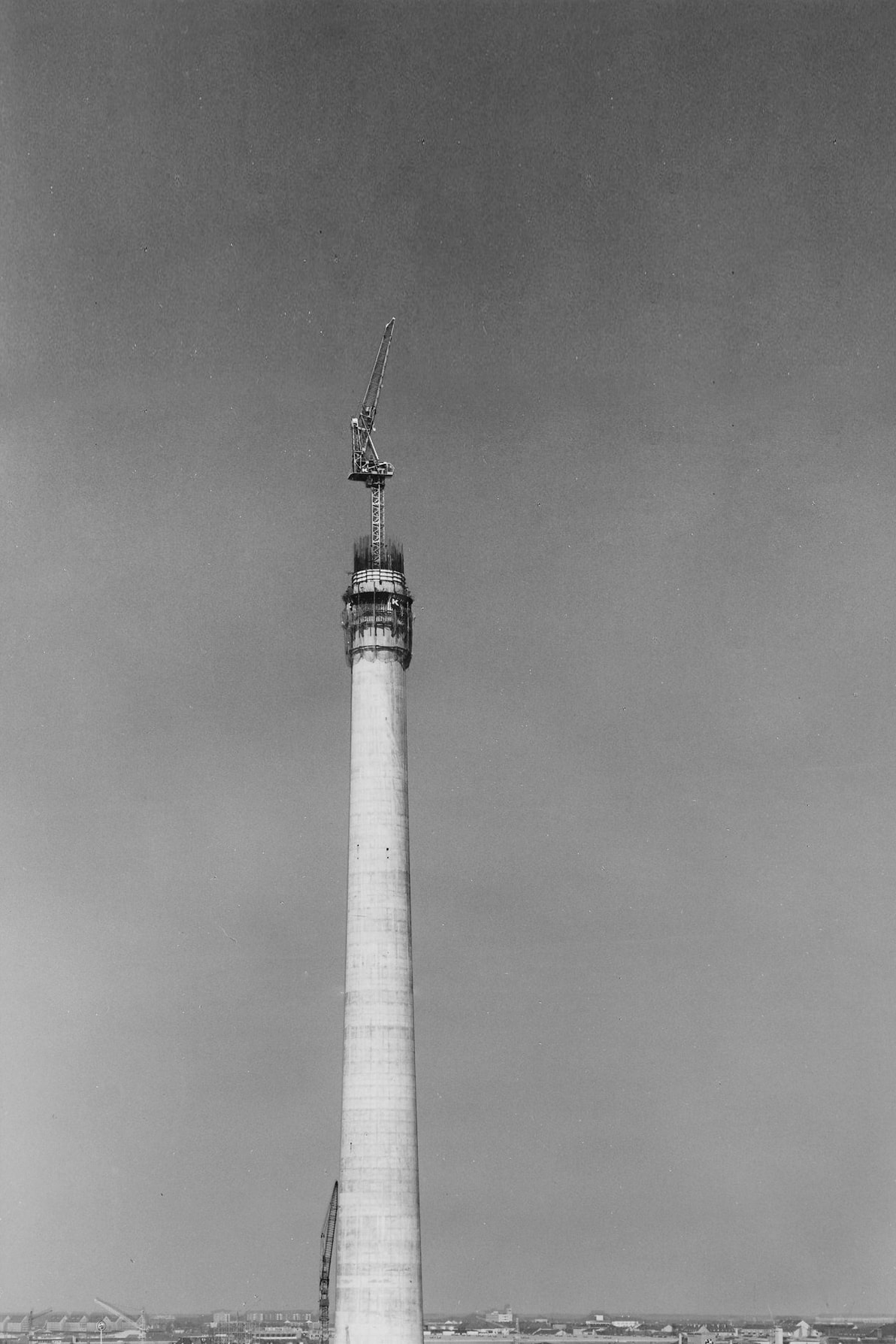
4 minutes reading time
Construction (hi)stories
Construction changes our world. It creates new architectural masterpieces and shapes the skylines of our cities. In this first part of our series, we take a look at famous landmarks in Germany that were built using Liebherr machines.
01


Frauenkirche, Dresden
A landmark returns. The Frauenkirche was built in the 18th century. Towards the end of World War II, it was so badly damaged by air raids that she collapsed just a few days later. While the ruin was preserved as a memorial to the war in the German Democratic Republic, the reconstruction of the monument began in 1994 after the reunification of Germany. The new building, which was completed in 2005, was mainly financed by donations from all over the world.
Several tower cranes were used to rebuild the church. However, the proverbial crowning achievement was carried out by a mobile crane. Around 60,000 spectators crowded into the inner city of Dresden and watched a LG 1550 pull the 28-ton spire with the golden cross upwards and place it in its correct place.
Copyright left photograph: © Erich Braun (Cut to size, usage according to Creative Commons Attribution-Share Alike 3.0, https://creativecommons.org/licenses/by-sa/3.0/deed.en)
02
Reichstag, Berlin


After the reunification, a real building boom broke out in Germany. Nowhere else could you observe this better than in Berlin, which was slowly growing together, and especially around the Reichstag, where cranes shaped the city's skyline.
Two of the tower cranes were directly involved in the reconstruction of the German Reichstag. From 1996 to 1999, the interior of the historic building was fundamentally changed in terms of architecture, functionality and energy usage in order to serve as the new seat of the German Bundestag. The focus of the construction work was the large plenary hall with its striking steel and glass dome, which is accessible to visitors today. Through the glass skin of the dome, light falls into the 1200 square meter plenary hall and a mezzanine with grandstands offers visitors the opportunity to follow parliamentary meetings.
-min.jpg)
03


Olympic Tower, Munich
The Munich television tower is the second tallest building in Bavaria with 291 meters. Its viewing platform guarantees an impressive view of the state capital. It was built from 1965 to 1967. During the high phase of construction, the tower grew by around 2 meters a day. On the picture of the left you can see a Liebherr tower crane 50 HB hard at work in lofty heights.
The tower got its name due the Olympic Games being held in Munich in 1972 and the tower being thus embedded in the overall concept of the Olympic Park. This suggestion narrowly prevailed in a citizens' survey against the name “Schuldstangerl”.
04


Elbphilharmonie, Hamburg
The concert hall in Hamburg's HafenCity is known far beyond the Hanseatic city. Not least because the Elbphilharmonie was only completed six years later than originally planned. It is an architectural eye-catcher and a constructional masterpiece. Four Liebherr tower cranes were used at the building site over the years.
In this archive image on the left, a Liebherr 280 EC-H tower crane lifts one of the 1,100 glass elements of the impressive facade. Put together, they would cover an area of 16,000 square meters - just over 2 soccer fields. Later, a Liebherr LTM 1750-9.1 mobile crane was used to dismantle the last tower crane on the construction site. A demanding job that was only possible from the Elbe due to the position of the crane.



